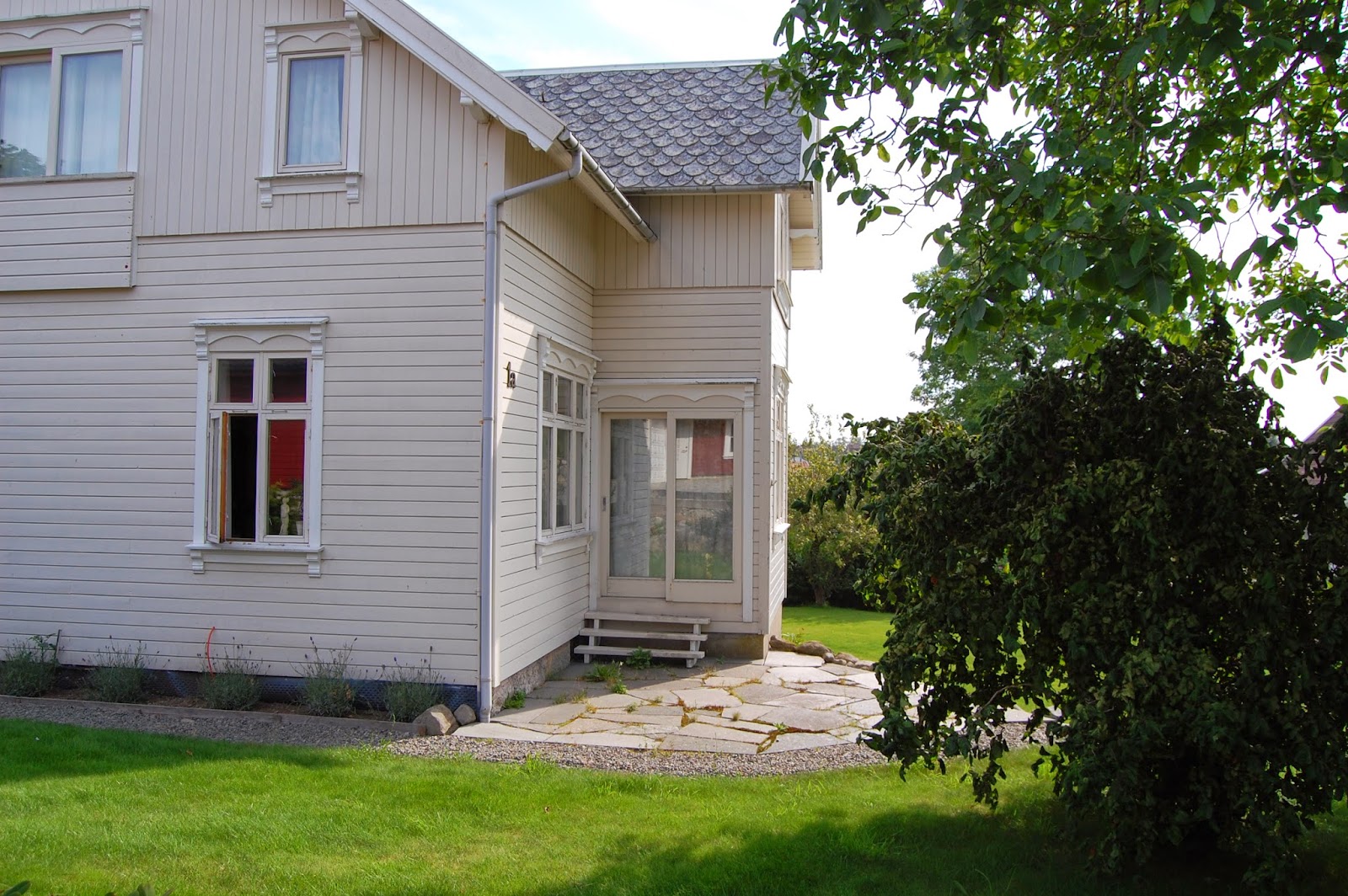How much do you think of composing your art pieces?
We're probably all aware of
The golden ratio, or the rule of thirds. but do we pay attention to it? I have decide to research it and learn more about the use of it. It's quite interesting when one first start to look into the subject.
Resently I came across a theory based on the golden ratio, and I found it so interesting that I tried it on a piece I made. Photo below.
The theory is based upon how we, by nature, look at things. At least for those of us which are reading from left to right. By composing your art following this theory, you should be able to keep the viewer's interest to stay with your piece.
The blue lines shows the golden ratio, and to achieve a good and balanced piece of art, one do place the main motif at one of the crossing points, A,B,C,D. This is the rule, whether your sheet is small or large.
The upper right square is made into a smaller 9 square piece and then again an even smaller one lower left. The dark red line indicates the viewers way into your piece of art. Starting top left, and it will be up to us as artists to create interest along the line. Your most valued point of nterest, should be within the square in which the dark line ends.
Now, how did I use this in my piece?
From the start I thought of making a curtain from top left, stright down, hanging with folds, but found that it would disturb too much. Instead I made the wall quite dark, and added some darker spots a bit closer to the table, leading the viewer to the walnuts. Even though I planned this for quite some time, I missed out on a couple of things. Learning, always learning.
The walnuts should have been further back on the table, I would love them to break the table line. Now, I put in much effort to make the walnuts as realistic as possible, hoping for the viewer to want to see more. And, lets say the viewer wanted to see more, he sees some pears, but what's catching his eyes is the red rosehips, smooth and shiny. (Contrast to the walnuts) The rosehips are made realistic as well, but it doesn't show well in my photo. After looking at the rosehips and bird, the wiever sees this stright line upwards. The surface of the crown/cage is rust, non reflective, again a contrast to the rosehips. He reaches the top, and find the reflective ball. This is where I missed out again, the crown should have been stretched an inch upwards. Looking at the smooth shiny ball, the viewer notice the leaves, and I had pure luck with my branch. I didn't plan that to happen, but the branch leads down to the walnuts again. I also made quite some work with my branch, to keep the interest up.
If the viewer is still there, he probably steps back to have a look at what this is all about. That's when he notice my main subject, the pears. The soft and silky surface, in contrast to everything else. I deliberately avoided pencil strokes or splatters on my pears, to create a huge contrast. The tablecloth and wall is also made to highlight the softness of my pears.
There is very few strong white highlights in this piece, and that is excactly what I planned. The front rosehip, the bird (eye and beek) and the juvel of the crown, are the only places you'll find the highlights. Why, you may ask. Because I wanted it to have a soft, calm and cosy atmosphere.
Do you think my plan works?





































.JPG)















